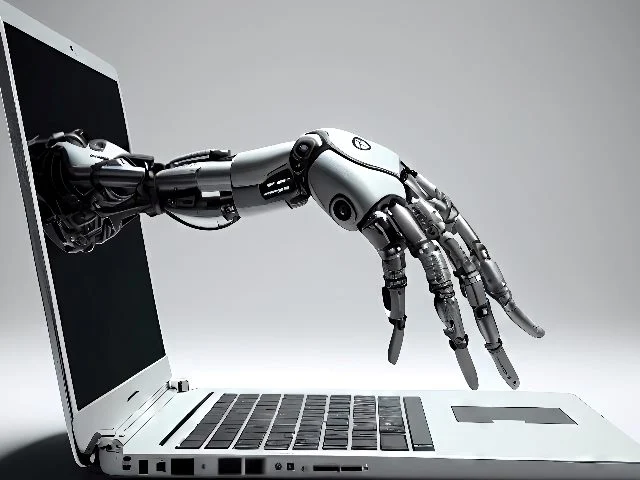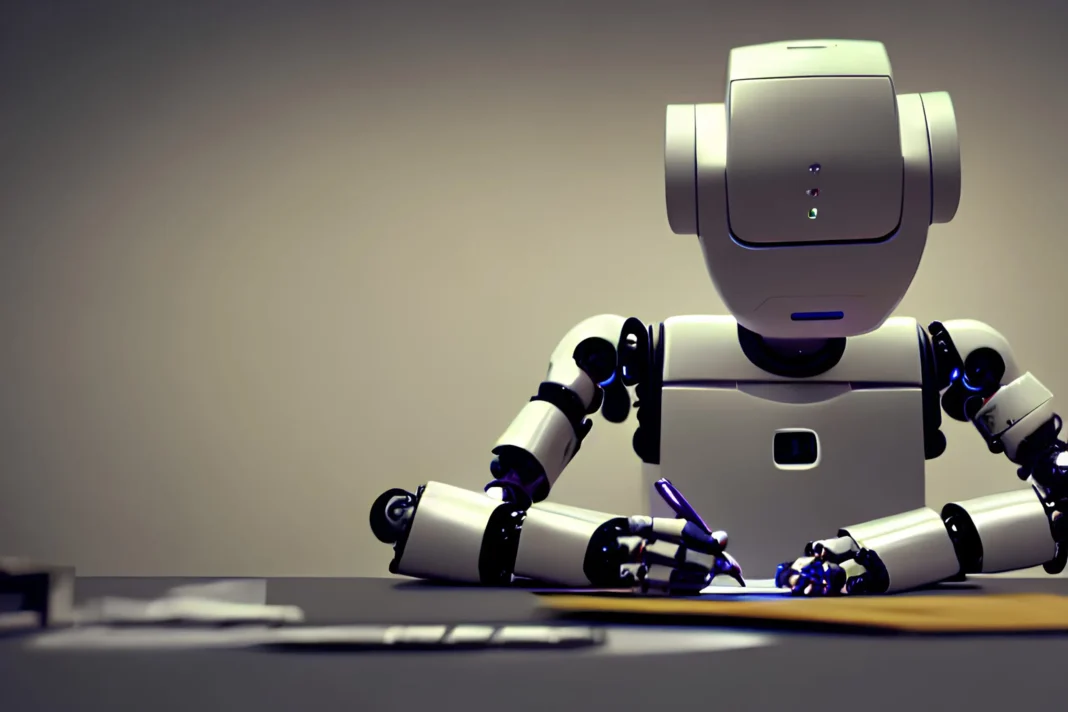Artificial Intelligence used to be primarily confined to academic research and specialized applications. But in 2025, AI has seamlessly integrated into our daily lives, revolutionizing industries from healthcare to entertainment. One of the most significant advancements has been in content creation. AI-generated content, ranging from text and images to audio and video, has become global, powering everything from news articles and social media posts to personalized advertisements and even entire radio shows.
This surge in AI-generated content has, however, given rise to a pressing question, can we still trust what we see and read? This is because AI tools have become more sophisticated and distinguishing between human-created and machine-generated content is increasingly challenging. This has profound implications for media literacy, misinformation, and creativity.
The Rise of AI in Content Creation
The journey of AI in content creation began with simple automation tools designed to assist writers and marketers – these applications include grammar checkers and basic text generators. Over time, advancements in machine learning, particularly deep learning, led to the development of more complex models capable of generating coherent and contextually relevant content.
OpenAI’s GPT-3, released in 2020, marked a significant milestone in this evolution. With 175 billion parameters, GPT-3 demonstrated an unprecedented ability to generate human-like text across various domains. Its successor, GPT-4, further improved upon these capabilities, offering enhanced understanding and generation of nuanced content like images.
Today, platforms like Jasper AI, Copy.ai, and QuillBot enable users from bloggers and marketers to students and businesses to produce high-quality content quickly and efficiently. While these tools offer convenience and scalability, they also raise concerns about authenticity, accountability, and the potential for misuse.

The Consumer Perspective
A recent survey by Bynder revealed that 50% of consumers can correctly identify AI-generated content. Interestingly, U.S. consumers were more capable of spotting machine-made content than their UK and African counterparts, likely due to higher familiarity with AI tools. Despite this awareness, the expansion of AI-generated content has led to a sense of skepticism among the public as consumers express concerns about the authenticity and reliability of the information seen online.
This skepticism is not unfounded. AI models are trained on vast datasets that may include biased, outdated, or inaccurate information. As a result, AI-generated content can perpetuate these flaws, leading to the spread of misinformation. Lack of transparency in how AI models operate further complicates efforts to assess the credibility of their outputs.
The Ethical and Legal Implications
The ethical challenges associated with AI-generated content are multifaceted. One significant issue is the potential for AI to produce harmful or misleading content. A typical example is Deepfake technology being used to create hyper-realistic but fake videos to spread political propaganda and misinformation. In response, some jurisdictions have enacted laws to regulate the use of AI in creating deceptive content. But, these legal frameworks are still evolving and often lag behind technological advancements.
Another ethical concern is the impact of AI on employment. As AI tools become more capable, there is a growing fear that human content creators may be displaced. While AI can enhance productivity, it also raises questions about the value of human creativity and the future of work in creative industries.

Transparency and Accountability
To address these concerns, experts emphasize the need for greater transparency and accountability in AI-generated content. Adobe’s Chandra Sinnathamby highlights the importance of trust, stating, “In the AI era, trust is the number one factor that you’ve got to drive”. Initiatives like the Content Authenticity Initiative (CAI) and the Coalition for Content Provenance and Authenticity (C2PA) aim to establish standards for verifying the origin and integrity of digital content. There is a growing call for AI-generated content to be clearly labeled. A study by IZEA found that 86% of consumers believe AI-generated content should be disclosed. Such transparency would empower consumers to make informed decisions about the content they consume and help restore trust in digital media.
The Future of AI-Generated Content
The role of AI in content creation is poised to expand further. As AI models continue to improve, they will likely produce more content that is indistinguishable from that created by humans. This raises important questions about the future of creativity and the role of human input in the creative process.
While AI offers exciting possibilities, it is crucial to approach its use in content creation with caution. Ensuring that AI-generated content is accurate, ethical, and transparent will require collaboration among technologists, policymakers, and the public. By fostering a culture of responsibility and accountability, we can harness the benefits of AI while mitigating its risks.
The advent of AI-generated content has transformed the media landscape, offering new opportunities and challenges. As we navigate this evolving terrain, it is essential to remain vigilant about the potential downsides of AI and to advocate for practices that promote trust and transparency. Only through collective effort can we ensure that the content we consume, whether created by humans or machines, remains reliable, ethical, and true to our societal values.




